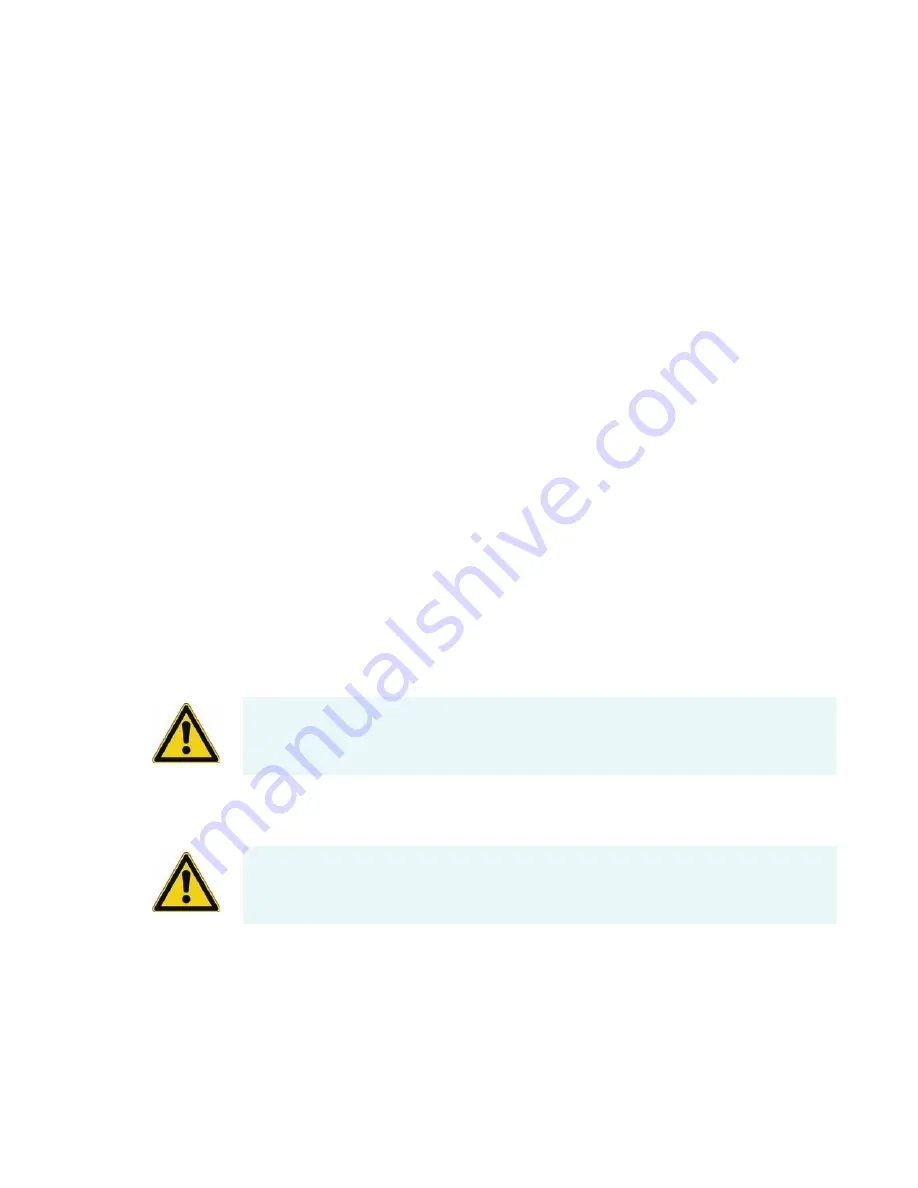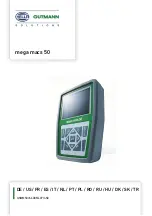
A
Optimizing the LC Conditions
LC Solvents and Mobile Phase Additives
122
Surveyor MSQ Plus Hardware Manual
Thermo Scientific
When using non-volatile salts, ensure that the cone wash is running as they can crystallize in
the source, block the entrance cone, and prevent the mass spectrometer from functioning.
The most common non-volatile salts used are phosphates.
Ensure that the cone wash is running when using ion pairing agents (for example, sodium
octanesulfonic acid). Many ion pairing agents suppress electrospray ionization.
Less Commonly Used Additives
Additives that are less commonly used include:
• Trifluoroacetic acid (TFA)
• Triethylamine (TEA)
• Tetrahydrofuran (THF)
• Inorganic acids
Trifluoroacetic acid (TFA) is frequently used for peptide and protein analysis. High levels,
>0.1% v/v, can cause suppression of sensitivity in positive ion mode. TFA might completely
suppress ionization in negative ion mode.
Triethylamine (TEA) can suppress the ionization of less basic compounds in positive ion
mode (as it also is readily ionized to give a [M+H]
+
ion at m/z 102). TEA enhances ionization
of other compounds in negative ion mode because it is basic. This is a particularly useful
additive for the analysis of nucleic acids.
In ESI, use of THF can reduce sensitivity. This effect can be counteracted by post-column
addition of ammonium acetate. It has no effect in APCI.
Inorganic acids (for example, sulfuric acid or phosphoric acid) can be used. Check the
suitability of the LC column to low pHs.
CAUTION
Do not use a concentration of THF greater than 5% with PEEK tubing. THF
causes swelling in the PEEK tubing and consequently presents a risk of the LC tubing
bursting.
CAUTION
After using phosphoric acid, thoroughly clean the source, source enclosure and
hexapole RF lens to minimize the physical damage.











































